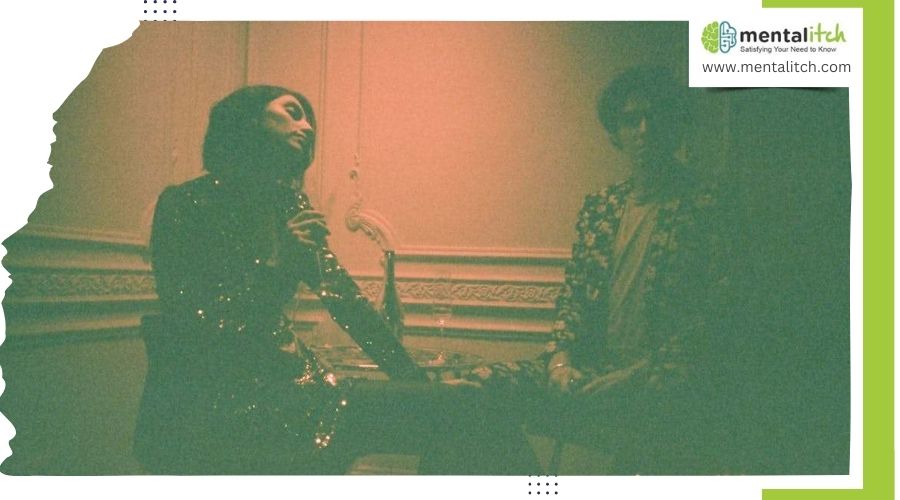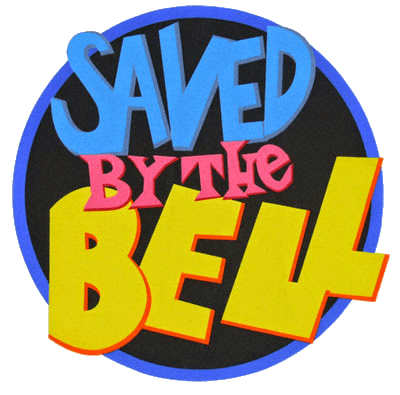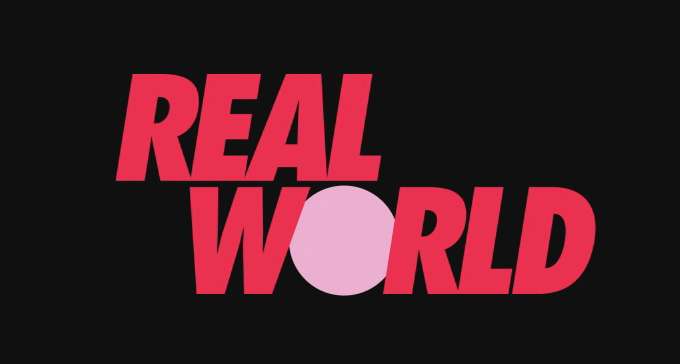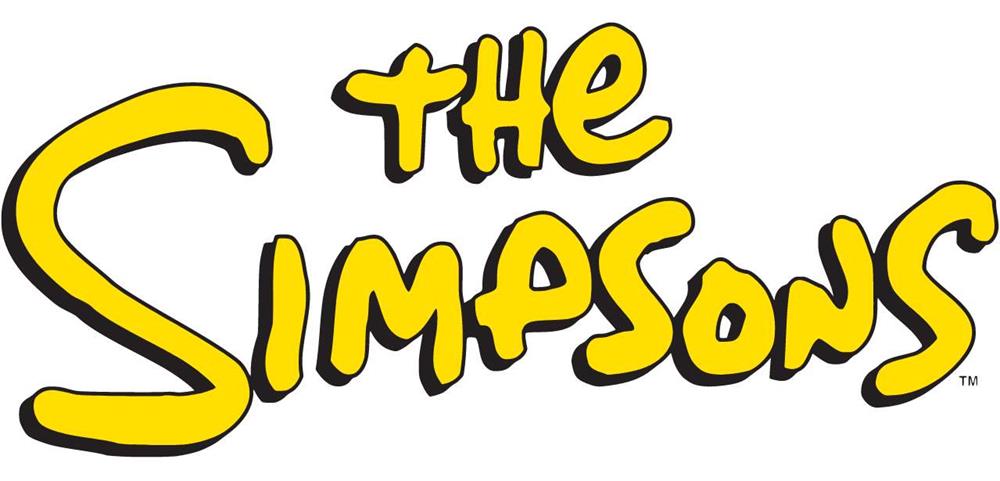The 1990s was a big deal for pop culture. It was a time when a lot of cool stuff happened, especially on TV. TV shows weren’t just shows—they were like a window into a whole new world. They showed us what life was like, what people wore, and even how they talked.
In this blog, we’re going to talk about how TV in the 90s influenced pop culture. We’ll look at shows like “Friends,” “The Fresh Prince of Bel-Air,” and “The Simpsons,” and see how they didn’t just entertain us—they also changed the way we dressed, the way we talked, and even the way we understood comedy and drama.
Lets begin with understanding how television impacted the pop culture of the 90s!
The Rise of Teen-Oriented Programming
Television played a significant role in shaping the pop culture of the era, particularly through the rise of teen-oriented programming. Shows like “Beverly Hills, 90210” and “Saved by the Bell” became iconic representations of teenage life, influencing fashion, music, and even the way young people spoke.
“Beverly Hills, 90210” was one of the first shows to delve into the lives of affluent teenagers living in Beverly Hills. It premiered in 1990 and quickly became a cultural phenomenon, running for ten seasons. The show not only showcased the glamorous lifestyles of its characters but also tackled serious issues such as teen pregnancy, drug abuse, and social class divisions. This blend of drama and realism resonated with audiences and contributed to the show’s lasting impact on pop culture.
“Saved by the Bell,” which aired from 1989 to 1993, was another influential teen show of the 90s. Set in the fictional Bayside High School in California, the show followed the lives of a group of high school friends, touching on topics relevant to teenagers such as relationships, school life, and peer pressure. “Saved by the Bell” was known for its colorful characters and lighthearted humor, making it a favorite among young viewers.
These shows had a profound influence on fashion trends of the 90s. Characters like Kelly Kapowski from “Saved by the Bell” and Brenda Walsh from “Beverly Hills, 90210” became style icons, with their fashion choices shaping the wardrobes of teenagers around the world. Additionally, the music featured in these shows, often reflecting the popular music of the time, helped to define the sound of the decade.
In terms of language, these shows also had a lasting impact, introducing new slang terms and phrases that became part of the lexicon of the 90s. Phrases like “I’m so excited!” from “Saved by the Bell” and “90210” from “Beverly Hills, 90210” became catchphrases that were widely used by teenagers during the decade.
Sitcoms Bringing a Classy Element
In the 1990s, sitcoms were all the rage, and shows like “Friends,” “Seinfeld,” and “The Fresh Prince of Bel-Air” dominated the television landscape, influencing humor, language, and social norms in profound ways.
“Friends,” which aired from 1994 to 2004, followed the lives of six friends living in New York City. The show’s witty humor, relatable characters, and iconic catchphrases like “How you doin’?” and “We were on a break!” made it a cultural phenomenon. “Friends” not only reflected the lifestyle of young adults in the 90s but also shaped their sense of humor and fashion choices. The show’s impact is still felt today, with reruns continuing to attract new generations of fans.
“Seinfeld,” often referred to as a “show about nothing,” was a sitcom that focused on the mundane aspects of everyday life. It aired from 1989 to 1998 and became known for its quirky characters and clever writing. “Seinfeld” introduced phrases like “yada, yada, yada” and “no soup for you!” into the popular lexicon, demonstrating its influence on language and humor.
“The Fresh Prince of Bel-Air” was a sitcom that aired from 1990 to 1996 and starred Will Smith as a street-smart teenager from Philadelphia who moves to a wealthy neighborhood in Los Angeles. The show tackled issues of race, class, and family dynamics, while also providing plenty of laughs. “The Fresh Prince of Bel-Air” helped to break stereotypes and introduced audiences to a new style of humor.
These sitcoms not only entertained audiences but also challenged social norms. “Friends” addressed topics like homosexuality, infertility, and single motherhood, while “Seinfeld” often satirized societal conventions. “The Fresh Prince of Bel-Air” tackled issues of race and identity, bringing important conversations to the forefront of popular culture
Reality TVs Influence
Reality TV emerged as a new and influential genre, with shows like “The Real World” and “Survivor” paving the way for a new form of entertainment that would change the television landscape.
“The Real World,” which premiered in 1992, is often credited as one of the first reality shows. It followed the lives of a group of young adults living together in a house, documenting their interactions and conflicts. The show was groundbreaking in its raw portrayal of real-life situations and its influence on entertainment preferences.
“Survivor,” which debuted in 2000 but gained popularity in the early 2000s, is another key example of the impact of reality TV. The show pitted contestants against each other in a series of challenges, with the ultimate goal of outlasting the others to win a cash prize. “Survivor” not only captured the attention of audiences with its suspenseful gameplay but also sparked a new wave of reality TV shows that followed a similar format.
Reality TV had a profound impact on entertainment preferences in the 1990s and beyond. Audiences were drawn to the authenticity and drama of real-life situations, leading to a shift in the types of shows that were popular. Reality TV also had a significant impact on celebrity culture, turning ordinary people into household names overnight. Contestants on shows like “Survivor” and “Big Brother” became instant celebrities, with their lives and actions scrutinized by the media and the public.
Animated Series
Animated series became a major force in shaping pop culture, with shows like “The Simpsons,” “Beavis and Butt-Head,” and “South Park” leading the way.
“The Simpsons,” which premiered in 1989 but reached the height of its popularity in the 90s, is one of the longest-running and most beloved animated series of all time. The show’s clever satire, memorable characters, and irreverent humor made it a cultural phenomenon. “The Simpsons” not only influenced other animated series but also had a significant impact on humor and storytelling in television as a whole.
“Beavis and Butt-Head,” created by Mike Judge, premiered in 1993 and quickly became a controversial hit. The show followed the misadventures of two teenage boys with a penchant for crude humor and mischief. “Beavis and Butt-Head” was known for its edgy humor and unique animation style, which influenced a generation of viewers and creators alike.
“South Park,” created by Trey Parker and Matt Stone, debuted in 1997 and immediately made waves with its satirical take on current events and pop culture. The show’s use of dark humor and its willingness to tackle controversial topics set it apart from other animated series of the time. “South Park” pushed the boundaries of what was acceptable on television and paved the way for other animated shows to explore more mature themes.
Final Words
Television, back then, wasn’t just a box in the corner—it was a cultural powerhouse that shaped how we dressed, how we laughed, and even how we viewed the world. Teen dramas and sitcoms made us crave designer clothes and adopt new slang. Reality TV turned ordinary people into stars and changed how we watched TV forever. Animated series pushed boundaries and redefined what cartoons could be. The 1990s pop culture was influenced by TV but wasn’t just entertainment—it was a cultural revolution that continues to influence us today.





